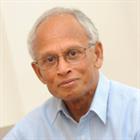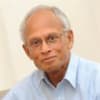commentary Commentary
Commentary: In India, job creation the biggest issue on voters’ minds
India's working population can propel the economy if they can find productive employment with decent incomes, say Asit K Biswas and Cecilia Tortajada.
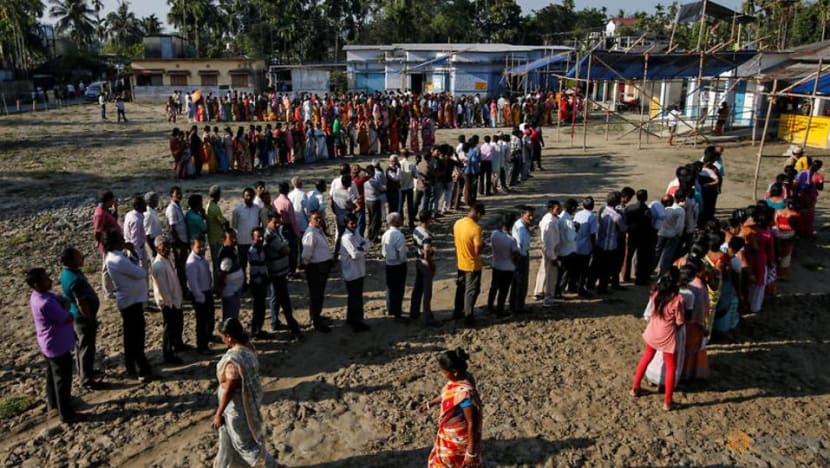
Voters line up to cast their votes outside a polling station during the first phase of general election in Alipurduar district in the eastern state of West Bengal, India, April 11, 2019. (Photo: REUTERS/Rupak De Chowdhuri)
SINGAPORE: India will go to the polls between Apr 11 and May 19 for the election of representatives to the country’s lower house Lok Sabha.
As India’s working-age population has increased, unemployment reached a 45-year high in 2017, at 6.1 per cent. Job creation has therefore become one of the most important issues in this election.
In 2014, Prime Minister Narendra Modi came to power by promising to create jobs for millions of Indians. But his programme – Make in India – has not created jobs at the rate India needs.
Nearly 30 per cent of the respondents of an online poll by The Times Group in mid-February believed job creation was one of the biggest failures of Modi’s government.
READ: India gearing up for the biggest election, when 900 million go to the polls, a commentary

UNMET POTENTIAL
From the makeup of its population, India should be reaping demographic dividends, a condition where a country can catapult its economic growth by having more people in the working-age group than dependent population (children and senior citizens).
By next year, India is expected to overtake China as the world’s most populous country. In the span of three decades, India is estimated to have added 400 million extra people to its population, taking it to 1.73 billion by 2050. Most of these people will be of working age (15 to 59).
If these people can find productive employment, with decent incomes, this can propel India’s economic development.
READ: India, a major power with unrealised potential, a commentary
But OECD data indicate that more than 30 per cent of India’s 15- to 29-year-olds are neither in schools nor in jobs.
India is thus facing an employment crisis, the magnitude and complexity of which has never been witnessed.
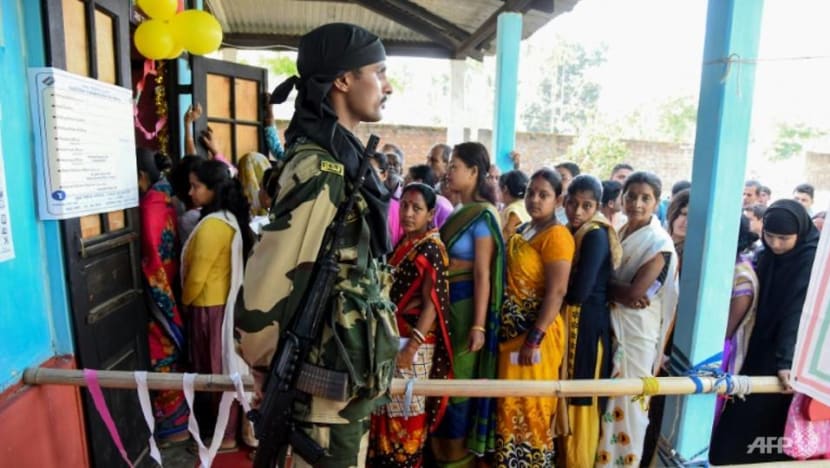
DISAPPEARING JOBS
Jobs are disappearing each year. The Centre for Monitoring Indian Economy, a think tank, estimates 11 million jobs were lost in 2018.
All India Manufacturers’ Organisation noted that 3.5 million manufacturing jobs were lost between 2016 and 2018.
According to the latest World Bank and ILO data, women have been especially affected. Between 1990 and 2018, women’s participation in the workforce fell from 27.7 per cent to 24.4 per cent.
In contrast, participation rates in 2018 for women were 43.5 per cent in China, 38.5 per cent in Malaysia and 40 per cent in the Philippines.
READ: Where are all the women? The myth of the pipeline problem in Asia’s tech sector, a commentary
Modi’s 2016 move to withdraw two of its highest denomination banknotes from the market, amounting to 86 per cent of all currency in circulation, contributed to jobs disappearing.
The banning of 500 rupees (US$7.25) and 1,000 rupees (US$14.50) from circulation, called demonetisation, was touted to curb corruption and black money. But instead, it resulted in economic chaos all over the country.
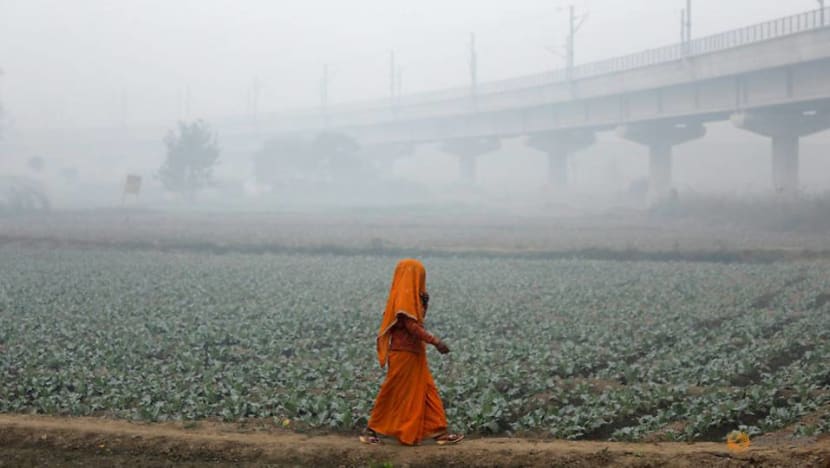
There were work stoppages or reductions in all sectors. Prices of agriculture products fell and industrial activities were curtailed, creating widespread economic uncertainties. Even ten months after demonetisation, labour participation rates were 3 per cent lower than what was before.
Rural areas suffered the biggest brunt of job losses in 2018, with 84 per cent of all jobs lost there. Most of those who lost jobs were uneducated and unskilled wage and agricultural labourers and small traders.
A report of India’s National Sample Survey Office – which the government tried to suppress – shows that for the first time since 1993 to 1994, India’s male workforce, or men who have jobs, has shrunk to 286 million in 2017 to 2018 compared to 304 million during the last survey in 2011 to 2012.
Not surprisingly, competition for the few jobs available is fierce. Some 200,000 people sent applications when the city of Mumbai advertised vacancies for 1,137 police constables in 2018, requiring grade 12 education.
A constable receives a salary of 25,000 rupees (US$352) per month and a live-in quarter. Among the applicants, 423 had degrees in engineering, 167 had MBAs, and 543 hold postgraduate degrees.
Similarly, when the Indian Railways advertised 90,000 low-skilled jobs for high school graduates, some 28 million people applied. The starting salary offered was around 18,000 to 19,000 rupees.
STRUCTURAL PROBLEMS
India has many structural problems to solve before good-paying and long-lasting jobs can be created.
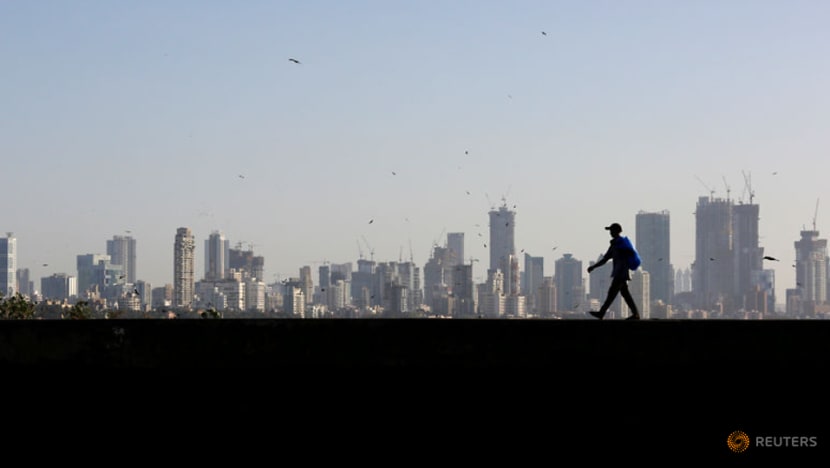
There is a mismatch of jobs available and the skills of job-seekers. The formal sector does not contribute much to employment opportunities.
Instead, 90 per cent of India’s labour demand comes from informal sectors like day labouring for agriculture, construction, tourism and other low-paid services and trades.
India’s 789 universities and 37,204 colleges churn out mostly unemployable graduates. For example, 6,214 engineering and technical institutions graduate 1.5 million engineers every year. Many of them do not have the skills required by employers.
Even after graduation, they lack basic work and communication skills. Not surprisingly, unemployment among graduates is 16 per cent, nearly three times the national average.
Furthermore, 38 per cent of students in India do not even complete their primary education. They struggle to read and write. They find it difficult to acquire any skill, which constrains their employment and economic potentials.
Meanwhile, many entry-level jobs are being automated with robots and artificial intelligence. This is also the case for repetitive manufacturing jobs. Such trends are likely to accelerate in the future, reducing the country’s capacity to generate employment.
WHAT NEXT?
To solve this, India must increase effective investment in education, improve capacity building at all levels and sectors. The country must also improve health and public services. The government should enhance connectivity across the country by investing in infrastructure.
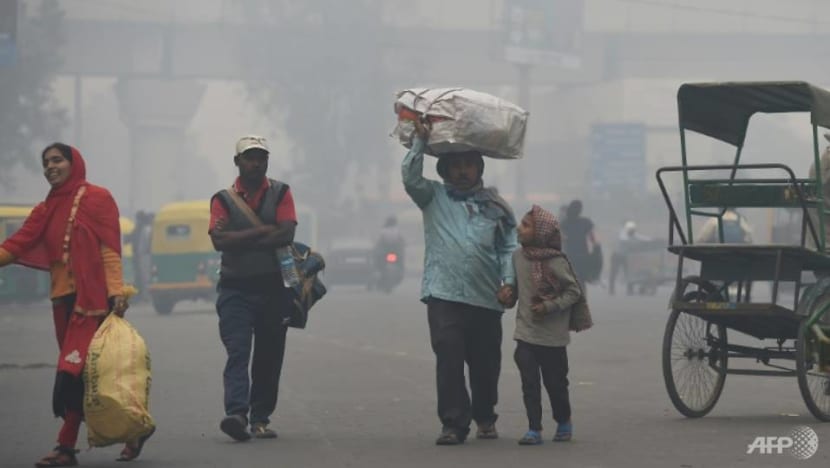
It is a rather tall order for the country to fulfil over the medium term. But, unless all these enabling conditions are met, jobs creation is likely to remain anaemic.
A determined effort has to be made to create new jobs and maintaining existing ones: otherwise, India’s demographic dividend will remain a mirage.
There is now a distinct possibility that instead of harvesting demographic dividends, India may witness social unrest and greater gender inequality by frustrated, restless and worried young job-seekers.
Cecilia Tortajada is Senior Research Fellow at the Institute of Water Policy, Lee Kuan Yew School of Public Policy, National University of Singapore. Asit K Biswas is Distinguished Visiting Professor at the same school and also a visiting professor at the University of Glasgow.
This commentary first appeared in The Conversation. Read it here.









